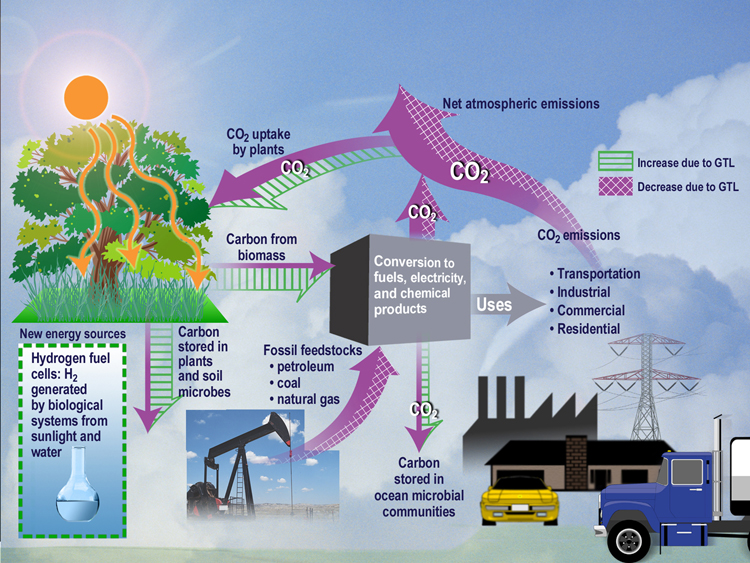THE QUESTION IS "What Will The Next Decade Bring In Science?" The answer is both obvious and dreamy at once. Well, 'motherhood' is a wonderful term for the expected and the unexpected. Take my piece on dimers as an illustration of this point. The elusive beryllium dimer was discussed for eight decades and in about 100 papers. Physicists and chemists alike disagreed over the evidence until 2009 when new experimental data brought better understanding to do new calculations. Next!
Our next decade will unfold with the expected and unexpected science. As 2020 approaches the proverbial dimers of our science will sparkle with certainty. We know research programs are already funded to meet goals. Will they be on target? Can gamblers tell the truth?
Is then anything possible in science until 2020? Hardly! Although science takes time, just like motherhood, we can look into what is publicly funded of science. The NSF, for example, operates organized under such programs as Biological Sciences, Computer Science, Cyberinfrastructure, Environmental Research, Geosciences, International Science, Mathematical&Physical Sciences, Polar Research, and Social, Behavioral & Economic Sciences. There is even a program on "Accelerating Discovery in Science." Now, what do they know that they are not telling me! Well, they are telling this: Proposals are sought from researchers aiming to capitalize on emerging petascale computing architectures, catalyzing potentially transformative research. There! Would you believe there will be science emerging from petascale computing in this decade? Check this out for your science.
Further, I see under "Recently Announced Funding Opportunities" these headings; Assembling the Tree of Life (ATOL), Energy for Sustainability, Environmental Sustainability, and Water Sustainability and Climate. ATOL aims at research that will resolve evolutionary relationships for large groups of organisms throughout the history of life. This is a clue that new information, from whole-genome sequences to details of Earth's biota to the importance of lateral gene transfer in shaping evolutionary history, is expected to transform biology.
There is also what I wanted to find, sustainability, an old word dating from 1727. Of course, this term applies today to life beyond just agriculture or society. NSF's coverage of energy, environment, and water is plenty wide. Thank you very much! Also, other agencies like DOE do their share of science. Below is a beautiful figure to depict the dirty picture involving CO2 flows on Earth. I chose this because GTL (Genomes to Life) funded by DOE claimed the indicated payoff in green or purple for increases or decreases, respectively. Indeed, the DOE Office of Science supports 2009 American Reinvestment And Recovery Act by funding high energy and nuclear physics, biofuels, solar energy, solid-state lighting, superconductivity, electrical transmission and storage, carbon sequestration, combustion, environmental clean-up, materials science for energy efficiency, and others. It is a fact that both NSF and DOE fund LHC related science as appropriate whether physics or computer science.
The figure above combines science and technology while I have been limiting myself to science to respond to the question "What Will The Next Decade Bring In Science?" Intimate with technology, climate, sustainability, and so on is the material waste from our lives. Guess what? "A Study of the Global Carbon Cycle Based on Measurements of the Abundance and Isotopic Composition of Atmospheric Carbon Dioxide (CO2)" is funded by NSF to continue the Keeling curve's carbon dioxide measurements at the Mauna Loa Observatory. I am not getting into the climate science funding at the other agencies like NASA or NOAA here. There will be certainly advances in climate science to monitor and analyze climate change.
While sustainability science progresses, we must deal with our solid, liquid, and gaseous waste. The message is loud and clear that it is not cool to be a polluter. The following figure brings home the waste pyramid in waste management schemes.
2020 will be here with better preparation ahead of it than ever before. 2009 Copenhagen Conference has reminded us, both as individuals and households, it is one Earth for ALL. I close with the National Science Foundation Act of 1950: “To promote the progress of science; to advance national health, prosperity, and welfare; to secure the national defense; and for other purposes.” What do you think of it?







Comments